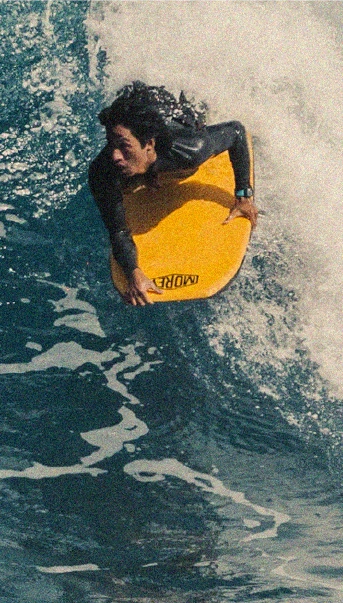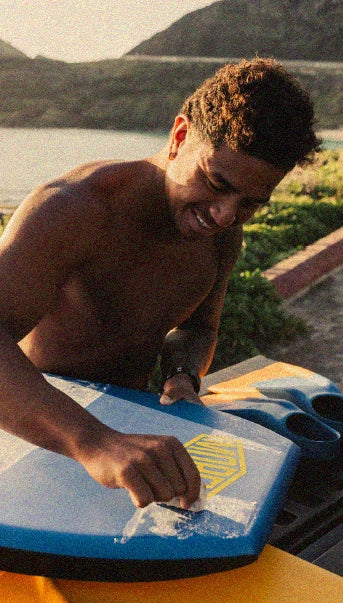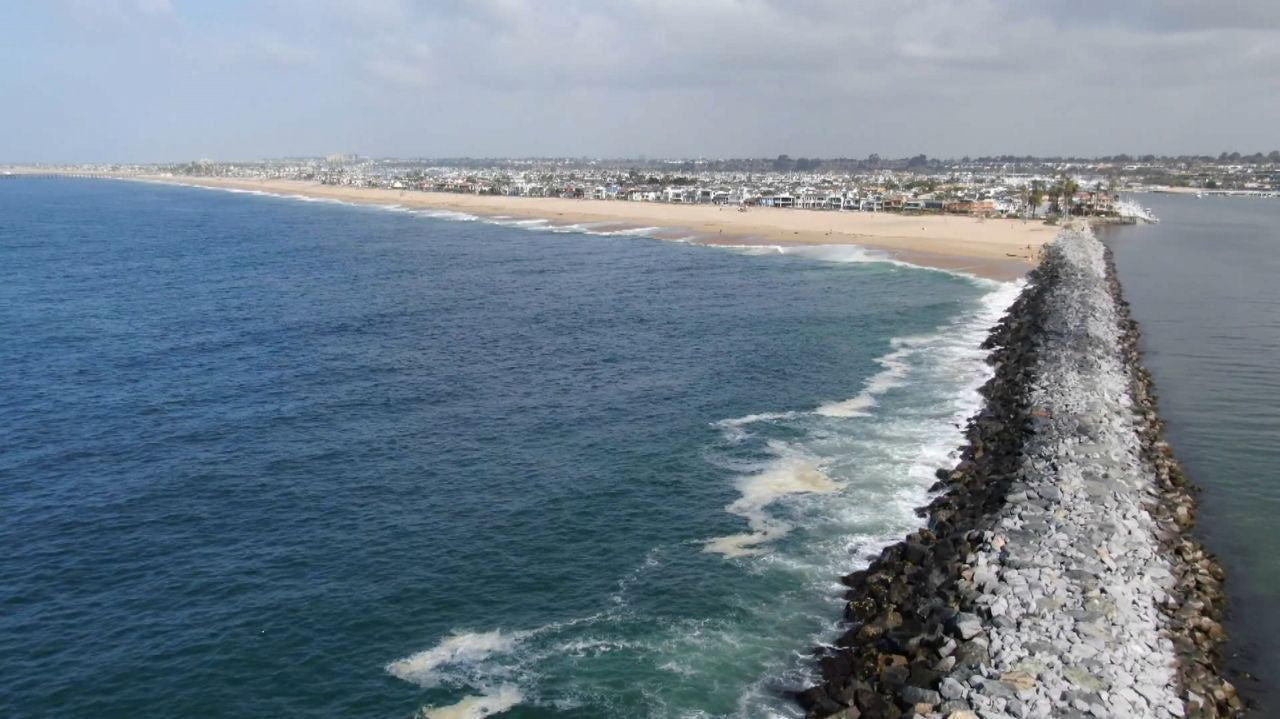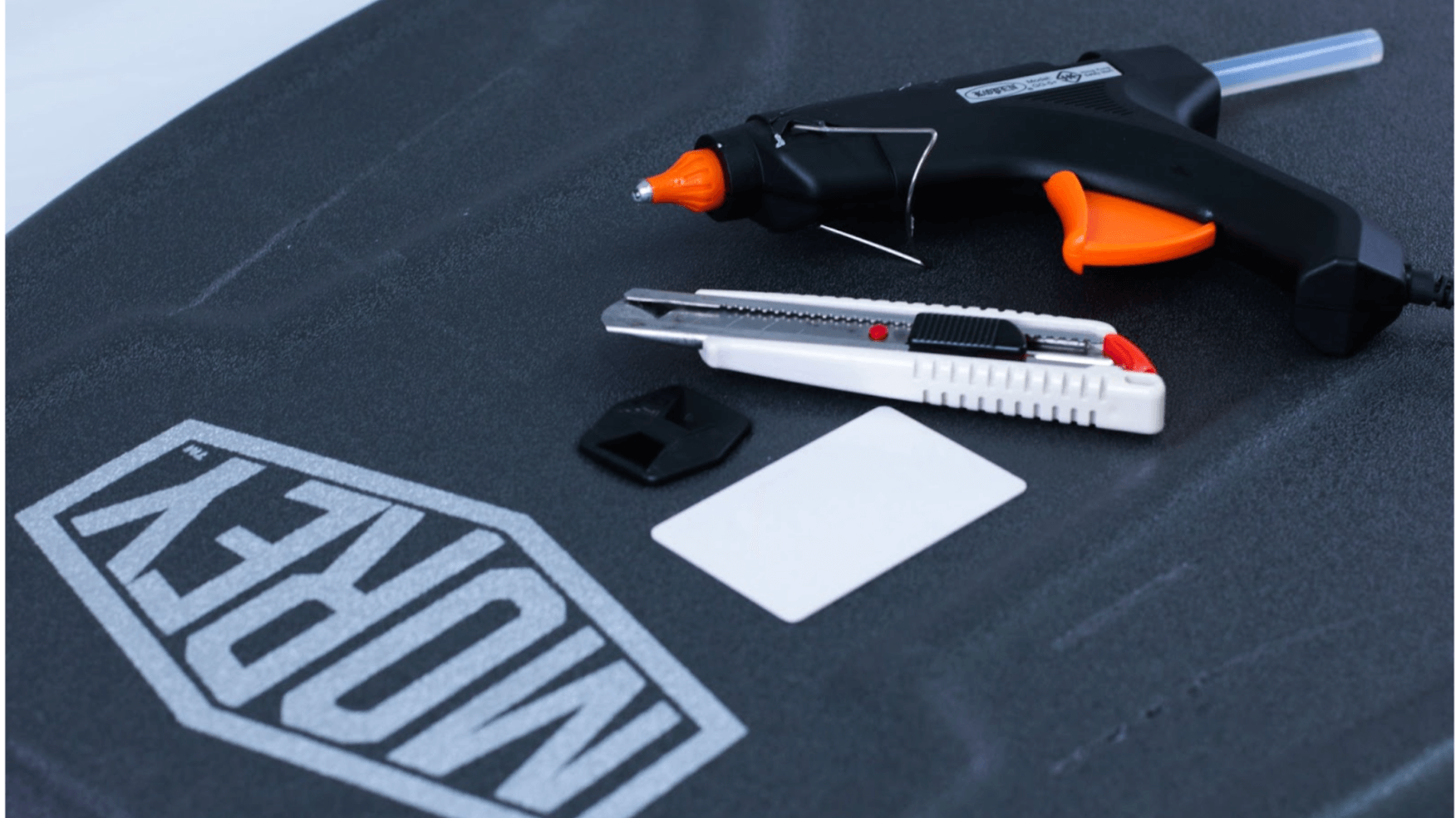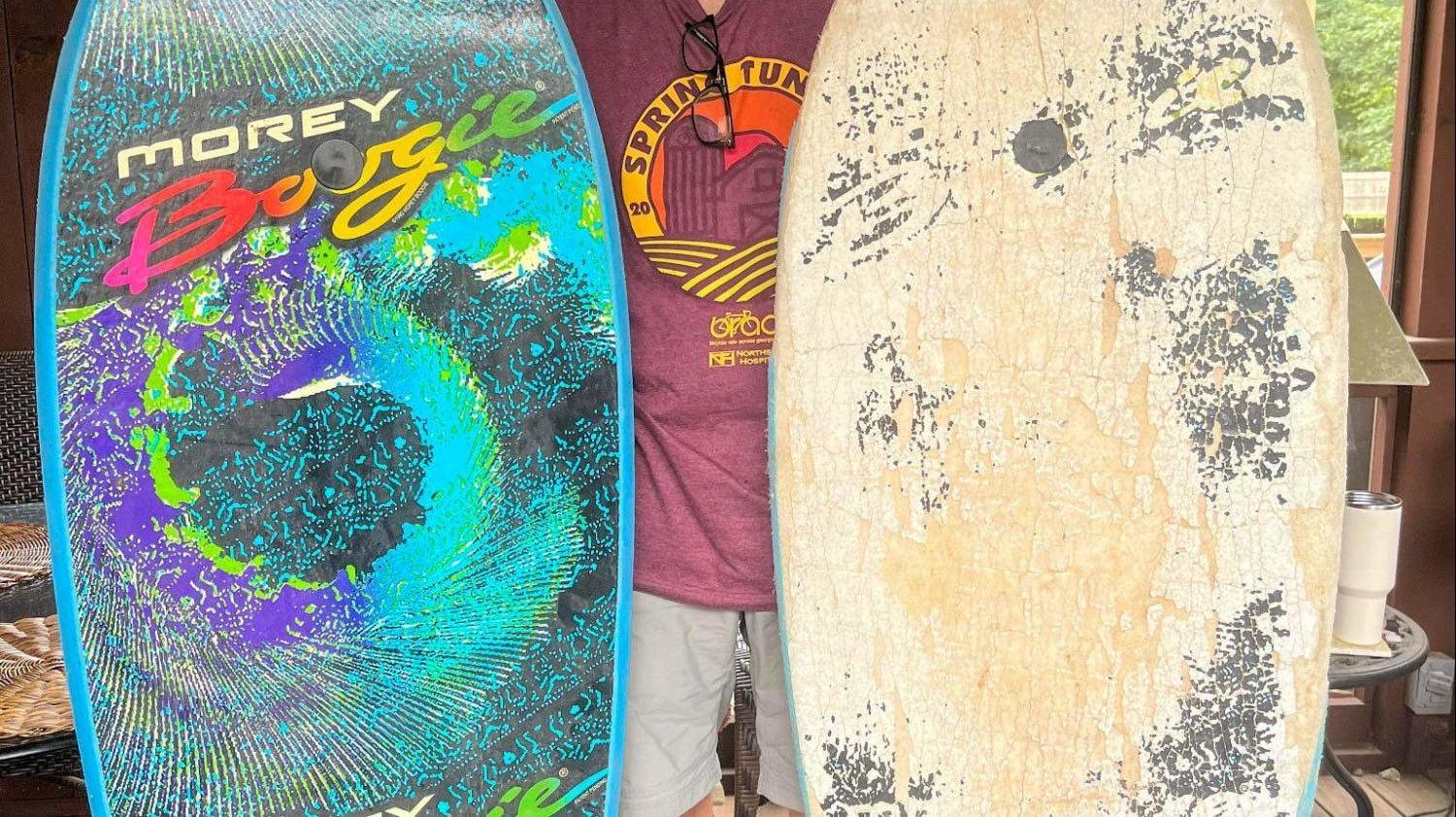
When it comes to bodyboarding, ensuring your board is correctly waxed is key to performance and comfort. Bodyboard wax increases grip, prevents slippage, and offers a more stable and controlled ride. This guide will walk you through the process of waxing your board and help you understand when and why it’s necessary.
Do All Bodyboards Need Waxing?
Not every bodyboard demands wax. Typically, those with sleek, glossy surfaces or boards featuring PE (Polyethylene) cores can use a bit of waxing for an extra grip. The addition of wax helps keep the rider securely in place, particularly in warmer water scenarios.
On the flip side, if your board has a textured deck or built-in deck contours, it may not need any wax at all. These features are designed to provide sufficient grip for the rider. Yet, some riders still prefer to add a dash of wax for additional comfort and traction.
If you're unsure, feel the deck - the area you'll be lying on. If it feels too slippery, it's a good sign that some wax could be beneficial. Do note, as bodyboards age, they naturally become more textured, so brand new boards often need more wax compared to their older counterparts.
Choosing the Right Wax
Choosing the correct wax depends on the temperature of the water you plan to bodyboard in. Colder waters call for a softer wax, while in tropical climates, a harder wax is necessary to stop it from melting.
There are many surf wax brands available, some even offer products designed specifically for bodyboards. However, standard surf wax will work just fine for bodyboarding. For instance, in this guide, we used Sticky Bumps Day Glo Surf Wax, which offers formulations for both warm tropical waters and colder temperatures. You can choose the wax that suits your surfing conditions the best.

Remember, it's not about the brand, but about the grip and comfort that the right wax can provide you on your bodyboard.
Steps to Wax Your Bodyboard
- Clean Your Board: Begin with a clean, dry board. You can remove any existing wax if any by carefully scraping it off with a wax scraper or a hard piece of plastic, like a credit card. For a full wax removal, you could use a blow dryer on a low heat setting, taking care to direct the air away from the board. This will ensure the wax becomes malleable and easier to remove. Avoid using direct heat or sun exposure to melt off the wax, as it can warp the bodyboard or cause delamination.
- Apply Base Coat (Optional): If you choose to do so, start by applying a base coat of wax. This base coat, generally harder than the topcoat, creates an excellent wax foundation on the board.
- Apply Wax to the Deck: Use a softer topcoat wax and apply a generous amount to the areas where your forearms will lie and where you'll grip the board around the nose and sides. Be conservative in the middle section to allow for body movement during your ride.
- Wax the Slick: Depending on your riding style, you might want to apply wax on the slick where your fingers will be placed on the backside of the board.
- Regular Maintenance: The frequency of reapplication depends on the water temperature and how often you use your board. A top-up may be necessary every few sessions. If your wax starts to appear very dirty, gray, or if sand is getting embedded, it's probably time for a fresh coat. Clean your board and repeat the steps!

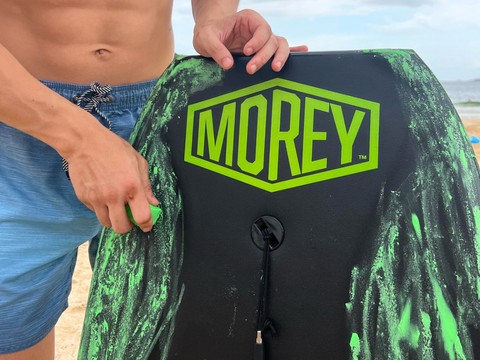

Waxing your bodyboard is a simple but vital process that can significantly enhance your performance on the water. Remember to choose the right wax for your board and the conditions you'll be riding in, and wax your board as needed. Proper bodyboard maintenance is crucial for the longevity and performance of your equipment. Happy riding!

